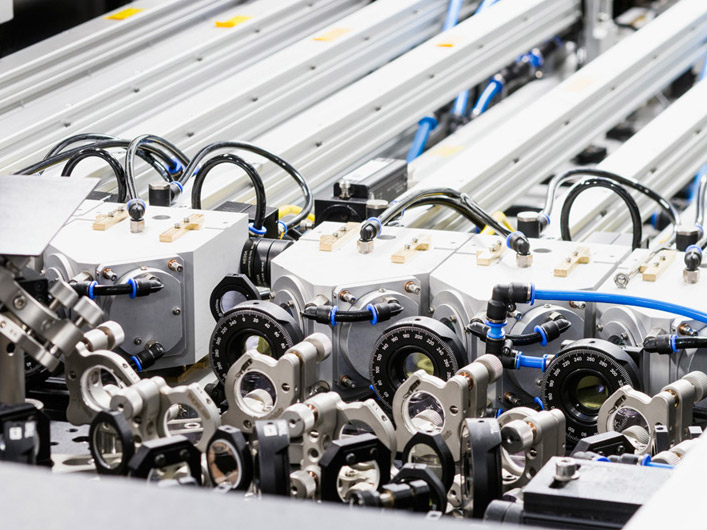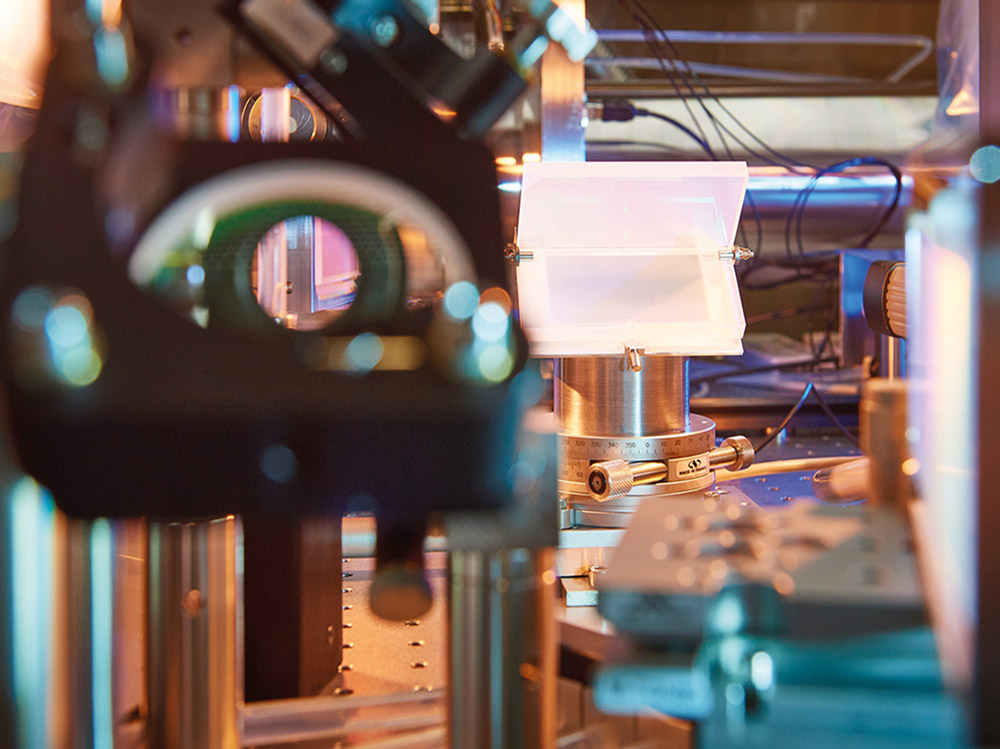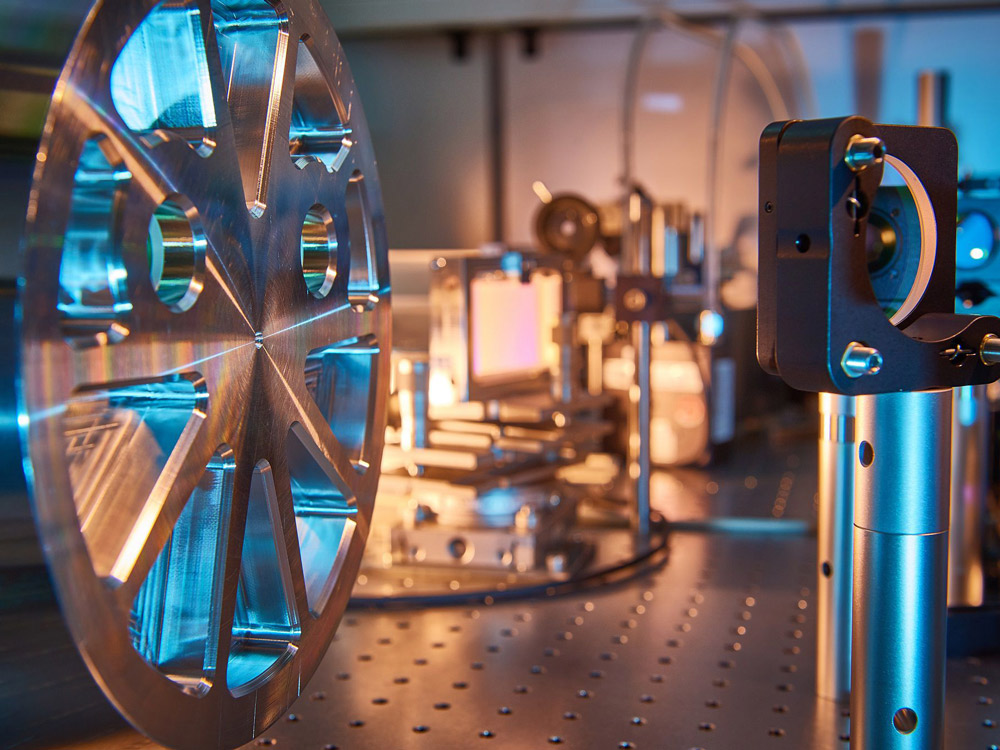Scaling picosecond and femtosecond laser sources and process technology to 10 kW and beyond.
Having found early wide-scale use in mobile device glass scribing applications, ultrashort-pulse (USP) lasers in the picosecond (ps) or even femtosecond (fs) range have been available for more than a decade. The ability to process numerous materials with micron precision - without splatter or thermal side effects - promises to expand the range of potential applications for industrial USP lasers. However, USP laser use in applications that require high repetition rates and high power to achieve economically viable throughput has been limited.
The problem is that while a few USP laser sources on the market may exceed 150 W or 150 µJ per pulse, most deliver less. Even if stronger sources were available, using the additional power is a challenge because ultrashort pulses lose their “cold ablation” capability when too many of them are focused into one spot.
Understanding this challenge, the German Fraunhofer-Gesellschaft has identified USP laser systems as a great opportunity and put together the expertise of not less than 13 of its institutes to develop a new generation of such systems. The Fraunhofer Cluster of Excellence Advanced Photon Sources (CAPS) plans to not only overcome USP laser power limitations, but also develop technologies along the process chain from pulse generation to process technology, and real-world applications.


